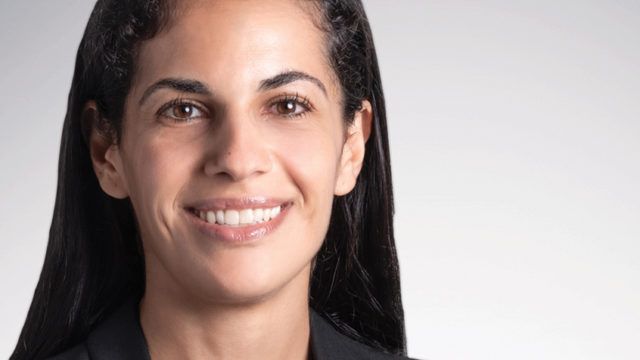“We prefer US equities over all other equities markets, because the domestic economy remains strong despite the recent intensification of the US-China trade dispute which, although we don’t see its early resolution, has largely been accounted for by the market,” said Mary Nicola, director of G10 FX and Asia fixed interest strategist for multi asset solutions at Eastspring Investments.
Nicola told FSA in a recent visit to Hong Kong that she expects only one interest rate cut by the US Federal Reserve this year, which is fewer than the consensus of two or even three reductions.
“The consumer is still buoyant, and that’s significant because household consumption makes up around two-thirds of US GDP,” she added.
EM picks
For extra yield in the Global Market Navigator Fund, which she co-manages, Nicola favours Asia high yield bonds, especially Chinese property company issues, over European and US high yield.
“The Peoples’ Bank of China will continue to provide liquidity for domestic banks and companies, while the government is also likely to introduce further fiscal stimulation measures,” she said.
Among so-called “carry currencies” (markets where there is an interest rate premium over the US dollar), Nicola likes Indonesia’s macroeconomic outlook post the re-election of president Joko Widodo, and Russia also because of strong economic metrics, fuelled by oil and gas revenues.
“But, we’re continuing to avoid South Africa as its economy continues to struggle, while we remain on the fence regarding Brazil and Mexico pending clear signs that the new administrations will introduce needed reforms, especially to the pension system in Brazil.”
Nicola’s pick among emerging equities markets is India, following prime minister Narendra Modi’s election landslide victory, although she would like to see a clear reform strategy outlined, rather than piecemeal measures implemented.
The $181m fund started the year with a long position in Chinese equities, but “although valuations remain attractive, the trade conflict is likely to limit any upside”, she said.
Nicola said that “the fund is neutral duration [that is, neither long nor short bond duration] and overweight equities”, mainly due to Eastspring’s sanguine outlook for the US economy and its expectations that the trade dispute will eventually be resolved.
Defensive position
The fund has posted a 20.19% three-year cumulative return, outperforming the average of international mixed asset funds authorised for sale to retail investors in Hong Kong and Singapore. But, its annualised volatility over the period is also higher, at 8.4% compared with 6.82% for the sector, according to FE Analytics data.
However, the fund was defensively positioned at the end of May according to its factsheet. It had a 16% allocation to cash and cash equivalents such as US Treasury bills, and its biggest single allocation was to a JP Morgan Liquidity Fund invested in safe, short-dated money market instruments.
Its allocation to Asian high yield bonds was through an in-house fund, and its top exposure to US equities was through an S&P ETF.
As a multi-asset fund manager, Nicola role is as a top-down allocator, rather than a bottom-up stock picker.
Fund Allocation
| Equity |
49.9% |
| Bond |
31.9% |
| Non-traditional assets |
2.1% |
| Cash & cash equivalents |
16.2% |
Source: Fund factsheet, 31 May 2019
Top 10 Holdings
| Security |
Weight |
| JPM Liquidity Fund LVNAV 2.4305% |
12.0% |
| Eastspring Asian HY Bond Fund |
11.7% |
| UST 2% 2020 |
4.8% |
| Ishares Core S&P 500 Ucits ETF |
4.0% |
| Argentina 4.625% 2023 |
3.3% |
| UST 2.25% 2027 |
3.2% |
| Germany 0.5% 2028 |
2.6% |
| Harbourvest Global Private Equity |
1.1% |
| Microsoft |
1.1% |
| 3I Infrastructure |
1.0% |
Source: Fund factsheet, 31 May 2019
Eastspring Investments Global Market Navigator Fund vs mixed asset sector average


















